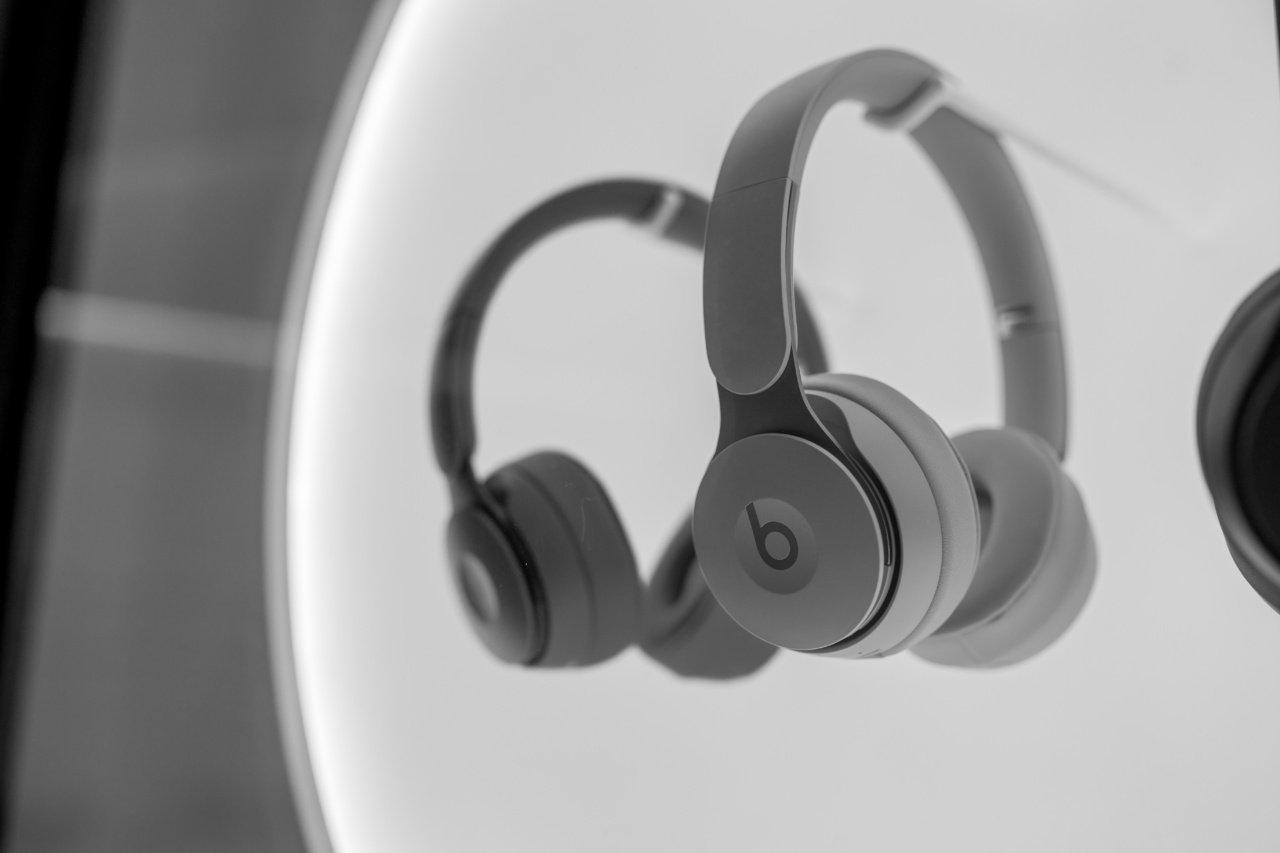Vaping has become increasingly popular in recent years as an alternative to traditional tobacco smoking. However, there is growing concern about the potential health risks associated with vaping.
One concerning issue is a whistling sound that can occur in the lungs of individuals who vape. In this article, we will explore the possible causes of this whistling sound, its potential implications for lung health, and steps that can be taken to minimize the risk.
What is Vaping?
Vaping refers to the act of inhaling and exhaling vapor produced by an electronic cigarette or similar device. These devices heat a liquid, known as e-liquid or vape juice, that typically contains nicotine, flavorings, and other chemicals.
The heated liquid evaporates, creating an aerosol that is then inhaled by the user.
What Causes the Whistling Sound in the Lungs?
The whistling sound in the lungs, often described as wheezing, can occur due to various factors related to vaping. Some possible causes include:.
1. Airflow Restriction
When vaping, the inhalation process requires drawing air through the device, vaporizing the liquid and then exhaling the aerosol. Certain devices or faulty equipment can cause airflow restriction, resulting in the whistling sound.
This can occur if the airflow vents are blocked or if the device is not functioning properly.
2. E-Liquid Ingredients
The ingredients in the e-liquid can also play a role in causing wheezing sounds. Some individuals may be sensitive or allergic to certain flavorings or chemicals commonly found in e-liquids.
Inhalation of these substances can lead to airway inflammation and narrowing, resulting in wheezing.
3. Nicotine Sensitivity
Nicotine is a highly addictive substance found in most e-liquids. Some individuals may be particularly sensitive to nicotine, and even small amounts can cause airway tightening and wheezing.
Those who experience these symptoms may need to reduce their nicotine intake or switch to nicotine-free e-liquids.
4. Overheating of the Device
If a vaping device is operated at a temperature higher than recommended, it can cause the e-liquid to overheat and produce irritants that lead to inflammation in the airways.
This inflammation can contribute to the development of wheezing and other respiratory symptoms.
5. Lung Irritation
Vaping can irritate the lungs, especially when done excessively or with high-powered devices. The irritants produced by vaping can cause inflammation, mucus buildup, and airway constriction, resulting in wheezing sounds.
What Are the Potential Health Implications?
The whistling sound in the lungs associated with vaping should not be taken lightly. It may indicate underlying health issues or potential damage to the respiratory system. Some of the potential health implications include:.
1. Respiratory Infections
Wheezing sounds can be a symptom of respiratory infections such as bronchitis or pneumonia. Vaping, especially when combined with weakened immune function or pre-existing respiratory conditions, can increase the risk of developing these infections.
2. Asthma Exacerbation
Individuals with asthma are at a higher risk of experiencing wheezing sounds when they vape. The irritants in e-liquids can trigger asthma symptoms and worsen airway inflammation, potentially leading to severe asthma attacks.
3. Chronic Obstructive Pulmonary Disease (COPD)
Long-term vaping can contribute to the development of chronic obstructive pulmonary disease (COPD), a progressive lung condition characterized by airflow limitation and persistent respiratory symptoms.
The whistling sound in the lungs may be an early warning sign of developing COPD.
Preventing and Minimizing the Risk
To minimize the risk of experiencing wheezing sounds or other respiratory issues while vaping, consider the following preventive measures:.
1. Choose High-Quality Devices
Invest in reputable vaping devices from trusted manufacturers to ensure proper airflow and minimize the risk of device-related issues that can lead to wheezing sounds.
2. Use Quality E-Liquids
Opt for e-liquids that are made with high-quality ingredients and have undergone proper testing. Avoid those with excessive flavorings or questionable additives that may cause lung irritation.
3. Be Mindful of Nicotine Content
Monitor and regulate your nicotine intake. Gradually reduce the nicotine concentration in your e-liquids or consider switching to nicotine-free options if you experience wheezing or other respiratory symptoms.
4. Follow Proper Vaping Techniques
Ensure you are using correct inhalation techniques when vaping. Take slow and steady inhalations, allowing the vapor to fill your lungs without straining or causing unnecessary stress to your airways.
5. Stay Hydrated
Drink plenty of water to keep your airways moist and to help minimize any potential irritation caused by vaping.
Conclusion
Vaping can indeed cause a whistling sound in the lungs, which should not be ignored. It is crucial to be aware of the potential risks associated with vaping and to take necessary precautions to protect lung health.
By using high-quality devices, selecting reputable e-liquids, regulating nicotine intake, following proper vaping techniques, and staying hydrated, individuals can minimize the risk of wheezing sounds and other respiratory issues linked to vaping.





























